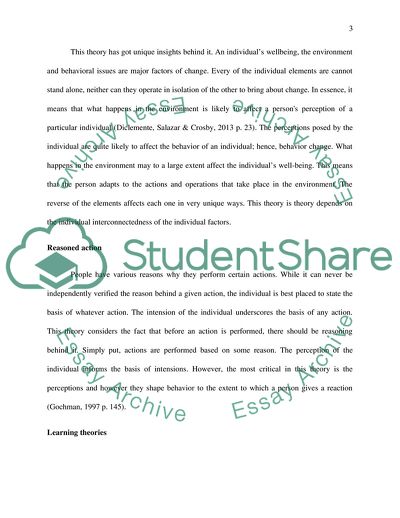Cite this document
(Behavior Change of Healthcare Professionals and Practitioners Term Paper, n.d.)
Behavior Change of Healthcare Professionals and Practitioners Term Paper. Retrieved from https://studentshare.org/human-resources/1811632-behaviour-change-in-relation-to-health-visiting
Behavior Change of Healthcare Professionals and Practitioners Term Paper. Retrieved from https://studentshare.org/human-resources/1811632-behaviour-change-in-relation-to-health-visiting
(Behavior Change of Healthcare Professionals and Practitioners Term Paper)
Behavior Change of Healthcare Professionals and Practitioners Term Paper. https://studentshare.org/human-resources/1811632-behaviour-change-in-relation-to-health-visiting.
Behavior Change of Healthcare Professionals and Practitioners Term Paper. https://studentshare.org/human-resources/1811632-behaviour-change-in-relation-to-health-visiting.
“Behavior Change of Healthcare Professionals and Practitioners Term Paper”. https://studentshare.org/human-resources/1811632-behaviour-change-in-relation-to-health-visiting.


